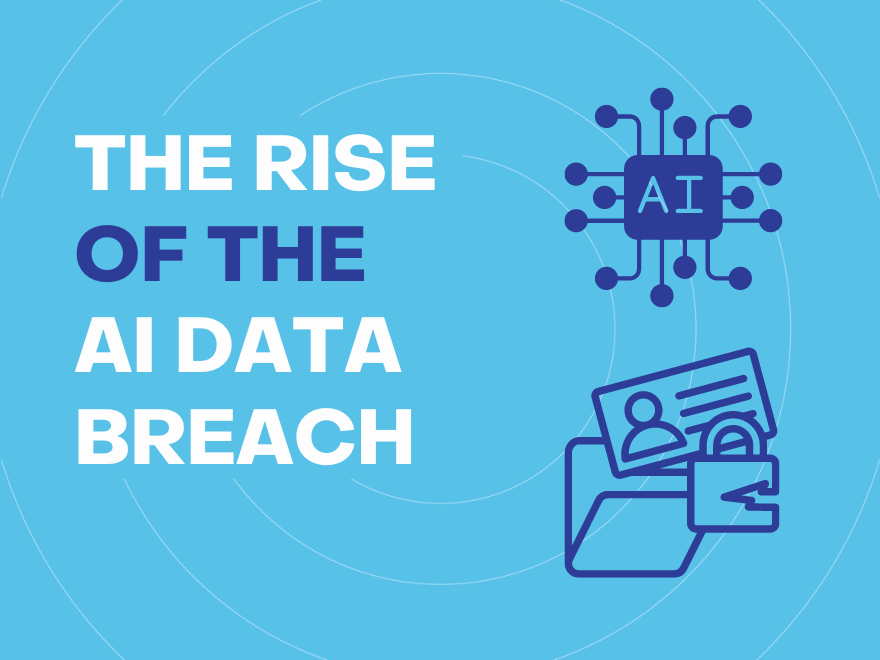
The rise of the AI data breach
Artificial intelligence is rapidly transforming industries, offering businesses innovative solutions and automation capabilities. This progress does come with a growing concern about AI data breaches. As AI becomes integrated into business systems, the risks of data breaches and privacy security increase; it is detrimental to your safety that you unleash AI into your operations safely with a complete understanding of the data at risk.
Data Breach Frequency
Several factors contribute to the increasing risk of AI data breaches:
-The Attack Surface: The adoption of AI is increasing at a high rate, with businesses opting for AI solutions to save time and money; the entry points for attackers, in turn, increase. Hackers can target vulnerabilities in AI models and data pipelines and the underlying infrastructure supporting them.
-Fueling AI with data: AI relies on vast amounts of data for training and operation, and cybercriminals may exploit this data to identify potential attack targets
-Evolving Attack Techniques: Cybercriminals are constantly developing new methods to exploit security gaps; with techniques like adversarial attacks, AI models can be manipulated, producing incorrect outputs or leaking sensitive data.
The potential impact of AI Data Breaches
Financial Losses: Data breaches can lead to hefty fines, lawsuits, and reputational damage.
Disrupted Operations: AI-powered systems are often critical to business functions. A breach can disrupt these functionalities, hindering productivity and customer service.
Intellectual Property Theft: AI models themselves can be considered intellectual property. A breach could expose your proprietary AI models, giving competitors a significant advantage.
Privacy Concerns: AI data breaches can compromise sensitive customer and employee information, raising privacy concerns and potentially leading to regulatory action.
Having a proactive approach to protecting your company
To keep your business protected, there are various steps you can take to mitigate the risk of AI data breaches.
Data Governance
Enabling robust data governance can decrease the chances of data breaches.
– Classifying and labelling data based on sensitivity.
– Establishing clear access controls.
– Regularly monitoring data usage.
Security controls
Integrate security considerations into AI development or adoption. Standard procedures for AI projects should be:
– Secure coding practices
– Vulnerability assessments
– Penetration testing
Threat Modeling
Conduct regular threat modelling exercises to identify potential weaknesses in your AI systems and data pipelines. This will help rank vulnerabilities and allocate resources in necessary areas.
Employee Training
Educate your employees about AI security threats and best practices for data handling. Empower them to identify and report suspicious activity.
Security Patch Management
Ensure all AI software and hardware components are updated with the latest security patches. Outdated systems are more vulnerable and can be exploited more easily. Why put your data at risk?
How we support you?
We can offer expertise in threat detection, vulnerability assessment, and penetration testing tailored to AI systems.
Our specialist AI team can support you in unleashing AI into your operations, ensuring the tools chosen are safe and keeping any data you provide to them secure.
Your business’s future is reliant on what security measures are in place to keep you and your organisation safe. Our team of experts can look at your entire IT infrastructure, including AI and non-AI components. We’ll help you put proactive measures in place for monitoring and protection.
